Content

Instructions on how to effectively use ion exchange resin beads: Ion exchange resin beads are commonly used in water treatment to remove ions from water. Here are the steps to effectively use them: 1. **Preparation**: Before using ion exchange resin bea
Update: 14/11/2022
Share:




What is Ion Exchange Resin?
Ion exchange resin, also known as water softening resin, is a type of resin containing ions that can easily exchange with other ions in water. These resins do not dissolve in water or participate in chemical reactions but provide a physical environment for ion exchange reactions to occur.
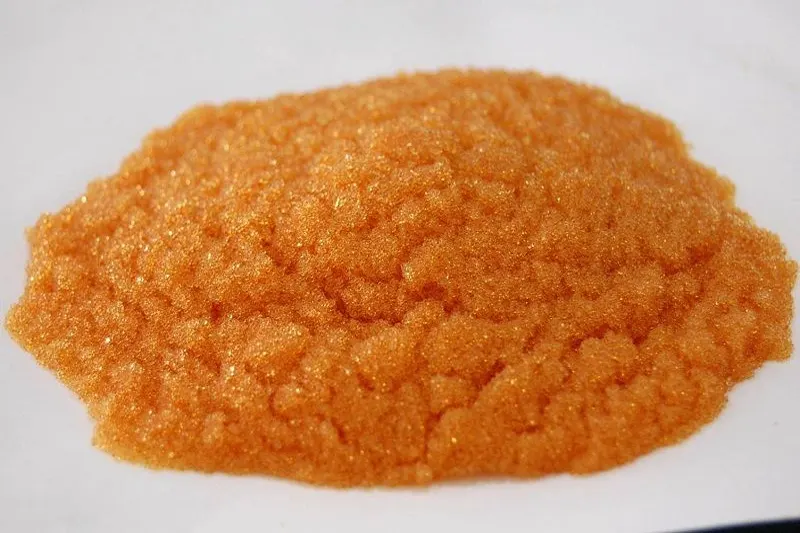
The structure of these resins is formed by cross-linked Hydrocarbon chains, creating a stronger, higher-capacity polymer structure. The component of ion exchange resin is polystyrene, which is durable and insoluble. This three-dimensional structure helps create hollow spaces within the ion exchange resin beads.
This filtering material is primarily used to remove Ca2+ and Mg2+ ions from water.
How to Use Ion Exchange Resin Beads
Currently, ion exchange resin beads are widely used in domestic water treatment and industrial applications. These products help eliminate scale, calcium, and magnesium in water, reducing scaling in water equipment.
Preparing the Filter Housing
The filter housing is usually made of composite material - a type of synthetic glass fiber with basic properties of being super lightweight, super durable, corrosion-resistant, and able to withstand high pressure. The operation principle of the device is based on the ion exchange principle of the resin beads with harmful free ions, replacing them with harmless ions.
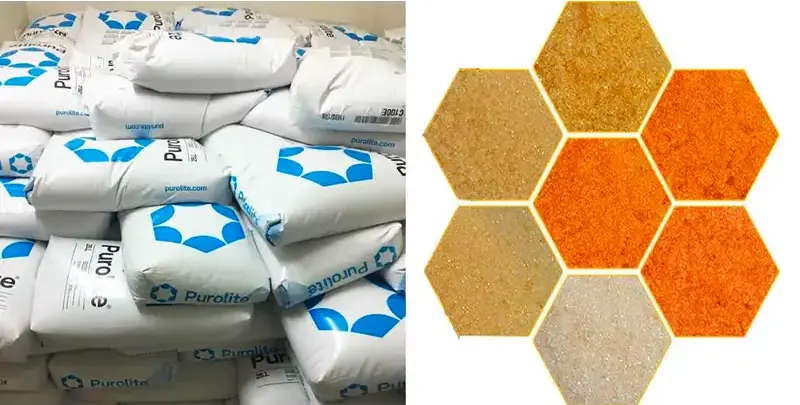
Adding Resin Beads into the Housing
The ion exchange resin beads are placed inside the composite filter column. This filtering material can remove unnecessary minerals in water and soften water by binding Na+ ions with another positive cation. This cation has a stronger affinity for Ca2+ and Mg2+ ions than Na.
Passing Water Through the Filter Column
As water flows through the ion exchange resin column, the resin's cations will bind with Ca2+ and Mg2+ ions, retaining these ions within the resin column. At the same time, Na+ ions are released into the water, removing the Ca2+ and Mg2+ ions from the water, making it softer.
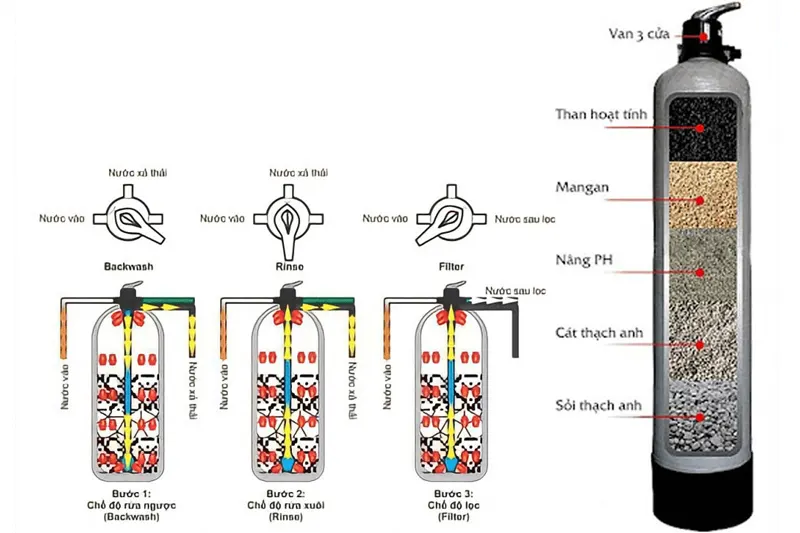
The process of treating hard water with ion exchange resin is fully automatic and does not require human intervention or chemical support. Using ion exchange resin beads is simple; you just need to place this filtering material into the composite filter column in a specific ratio, suitable for the flow rate and characteristics of the water source.
How to Regenerate Ion Exchange Resin Beads
After a period of use, water softening resin beads will absorb heavy metal ions, leading to overload and reduced effectiveness in treating hard water. Therefore, users need to regenerate the filtering material.
Methods for Regenerating Ion Exchange Resin Beads
Ion exchange resin beads can be regenerated in various ways. However, the simplest and most reliable method is using a salt solution.
When a salt solution is introduced into the filter column containing ion exchange resin beads, the following reactions occur:
R2Ca + 2 NaCl ↔ 2 RNa + CaCl2
R2Mg + 2 NaCl ↔ 2 RNa + MgCl2
It is recommended to use a pure salt solution with a NaCl content of about 99.5%. Do not use common table salt to regenerate the filtering material because it contains impurities that can affect the quality of the resin beads, especially in the entire water treatment system.
Regeneration Process for Ion Exchange Resin Beads
The regeneration process of ion exchange resin beads is carried out using a 5-valve salt suction system, as follows:
- Use about 30 - 40 liters of salt solution in a ratio of 100 liters of water mixed with 10 - 15 kg of salt for regeneration. Switch the salt suction valve to Brine Refill mode. When the water in the tank reaches the required level, switch the valve to Brine & Slow R mode.
- Salt rinse: Set the valve to Brine & Slow R mode to draw salt from the salt tank into the filter column containing the ion exchange resin beads. When this process is almost complete, switch to Backwash mode.
- Backwash mode: In this mode, water flows upward through the column, pulling the rinsed salt out of the ion exchange resin column. This process usually takes about 20 minutes. Then switch to Fast Rinse mode.
- In Fast Rinse mode, water flows horizontally through the column, flushing out all the salt. This mode lasts for about 10 minutes and completes the ion exchange resin bead regeneration process.
- After that, switch to the filter - Service mode for the device to operate normally.
In conclusion, regenerating ion exchange resin beads is crucial in water filtration and treatment. Therefore, it is essential to properly regenerate the resin beads with salt. Hopefully, this sharing can provide you with useful information.
The above information is shared by experts from Toan A JSC on how to use ion exchange resin beads. We hope that the information provided has helped you better understand this process and its application in your water treatment system. If you have any questions, please contact the company via hotline: 0913.543.469 for advice and support.
Update: 14/11/2022
Share:




Related news
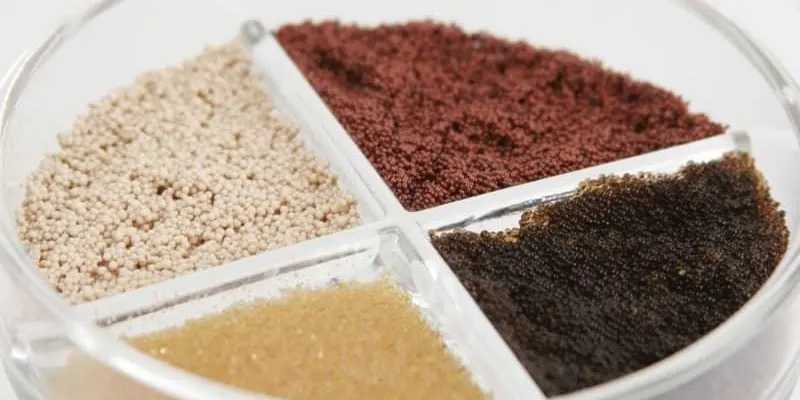
Ion exchange resin: Efficient and cost-effective water treatment
Developed since the early 20th century, ion exchange resin beads have become an indispensable part of the water treatment industry. With superior ability to remove impurities and harmful ions in water such as Ca2+ and Mg2+, ion exchange resin beads are also commonly referred to as water softening resin beads, leading the way in today's green technology race. Not only do they help improve water quality, but they also contribute to environmental protection and sustainable development. Let's delve deeper into the role and applications of ion exchange resin beads with Toan A JSC in the article below!
Created at: 19/08/2024
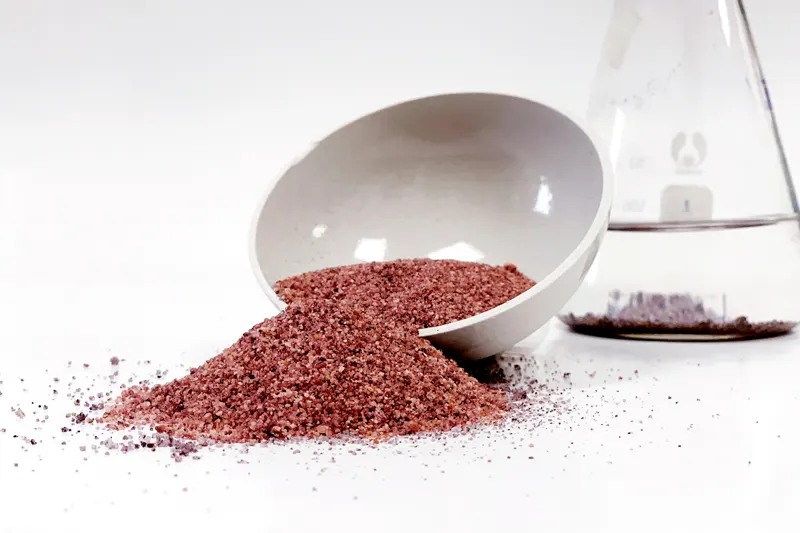
Ferman beads: the leading expert in removing iron and manganese from water
Amidst the increasing challenge of water pollution, it has become imperative to research and discover new environmentally friendly and highly efficient water treatment materials. This is particularly crucial as many households continue to rely on well water or surface water for their daily needs and activities. Notably, these water sources often have elevated levels of Iron and Manganese contamination, posing health risks and disrupting daily life. Developing effective solutions for treating water contaminated with Iron and Manganese is essential not only for ensuring clean water quality but also for safeguarding our environment.
Created at: 08/08/2024
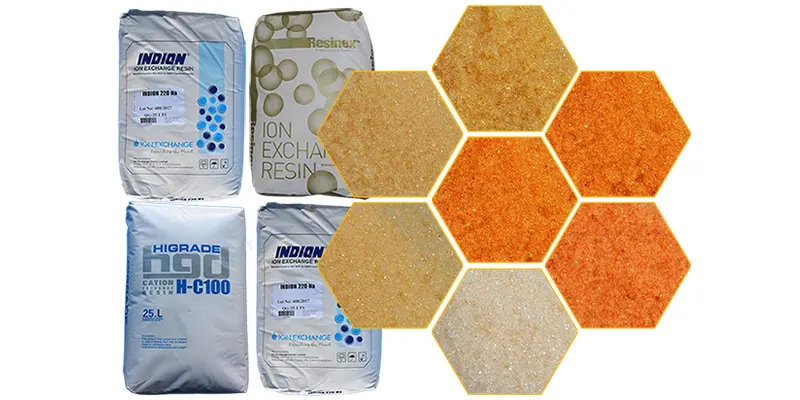
Resin is an organic substance with ion exchange properties, commonly used in water filtration processes to remove undesirable ions. Resin beads are typically made from synthetic polymers and have the ability to absorb and replace ions in water
What is Resin Bead, its properties, characteristics, and applications of this ion exchange resin will be the content shared by experts from Toan A. Let's explore the following content to answer this question.
Created at: 16/04/2024






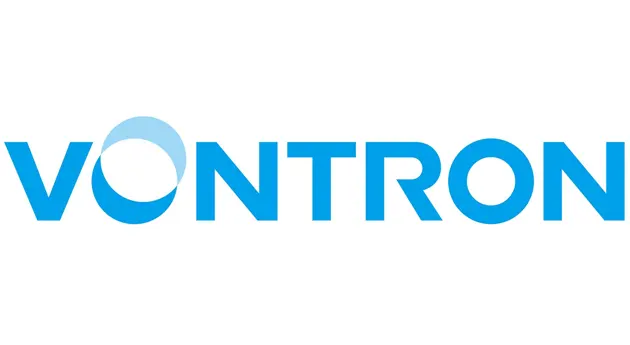
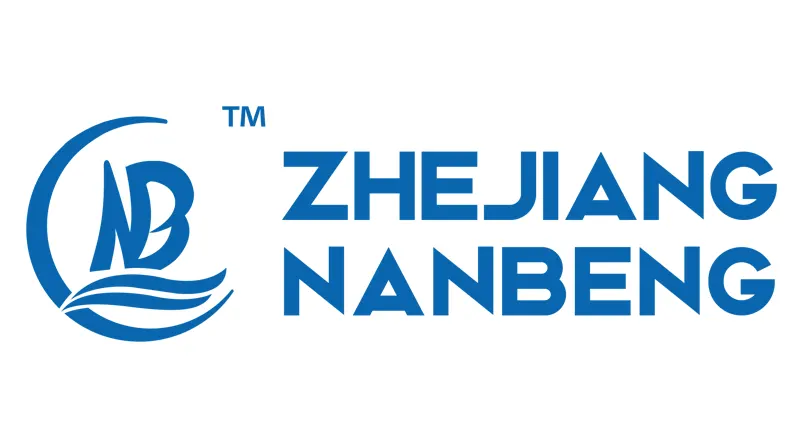


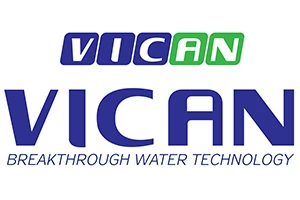






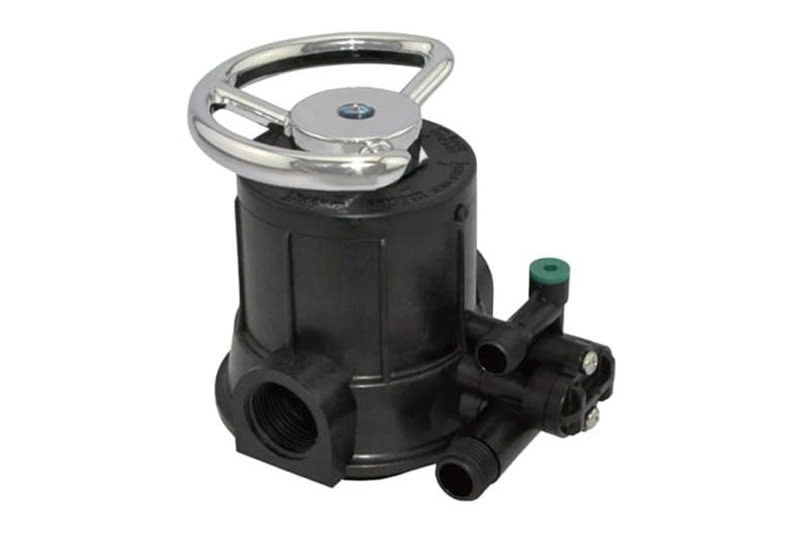
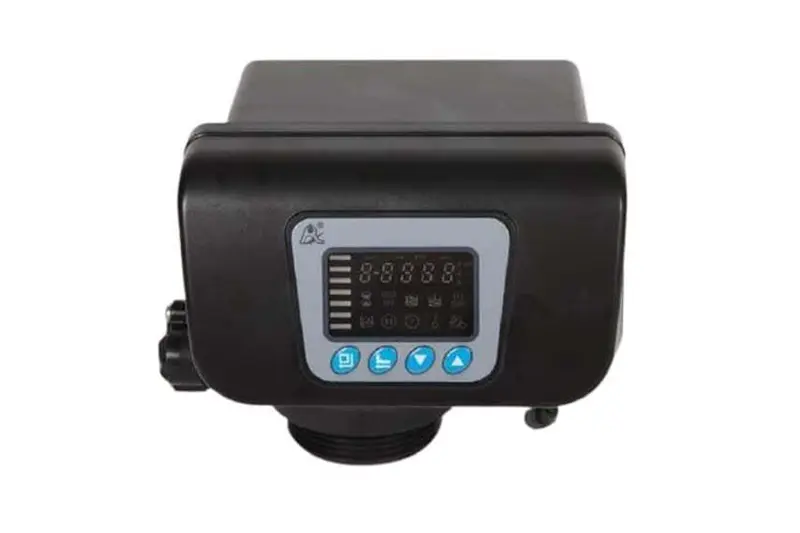




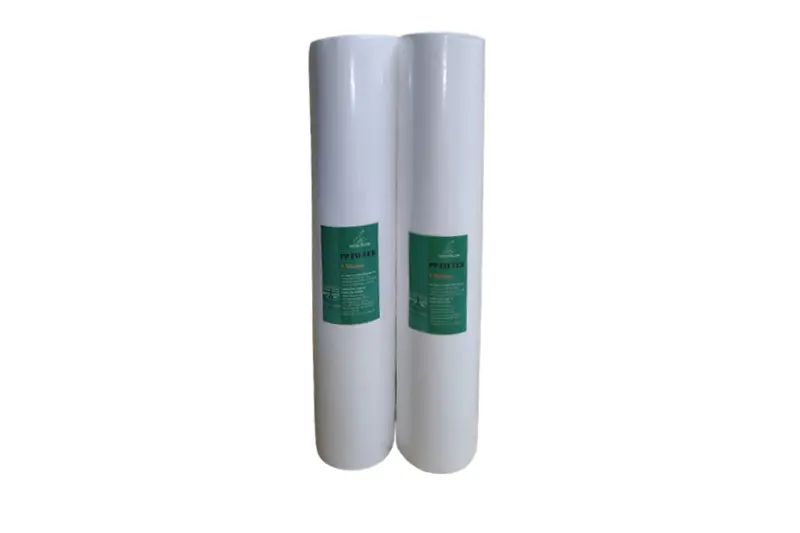



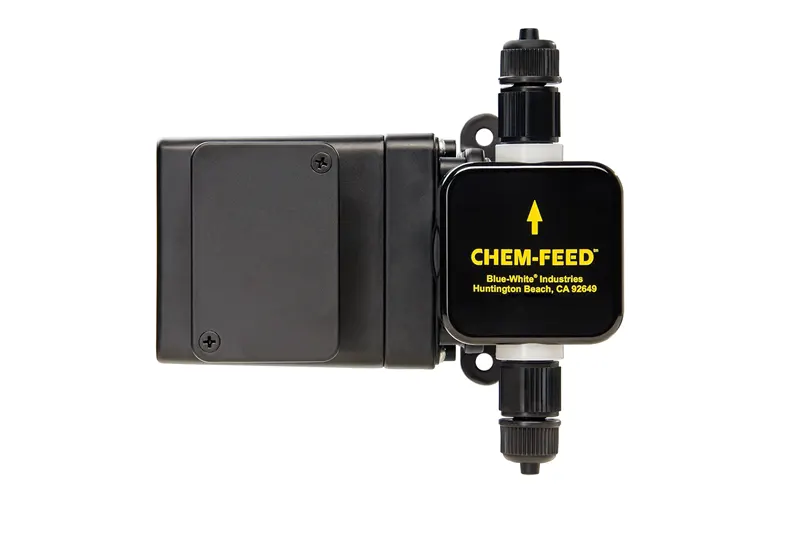
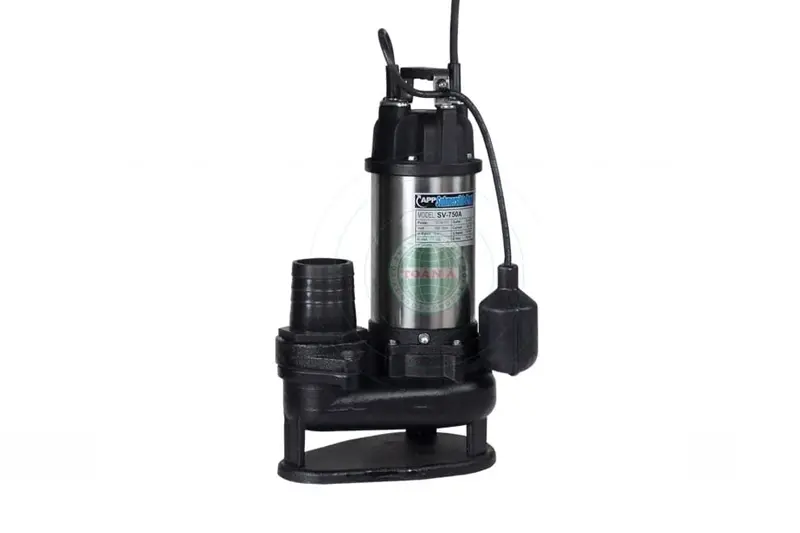



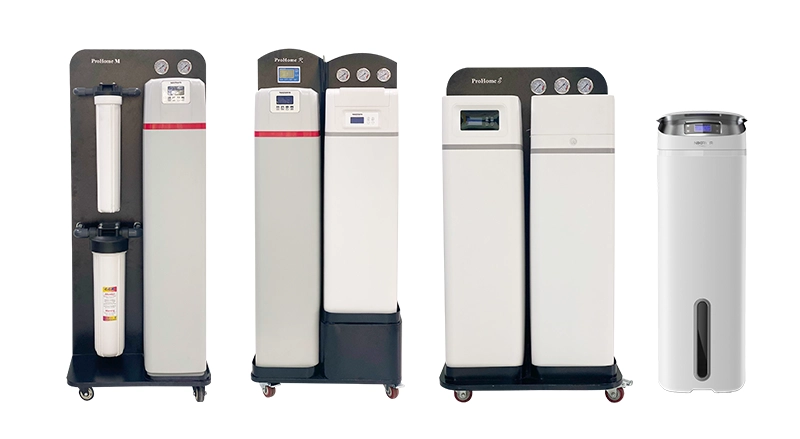
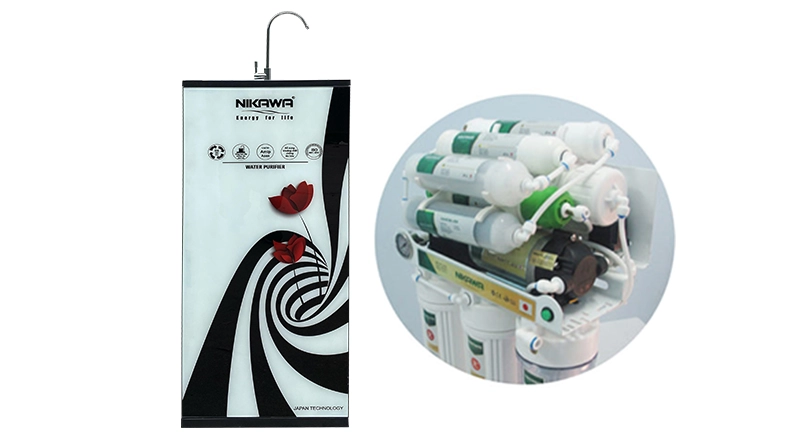
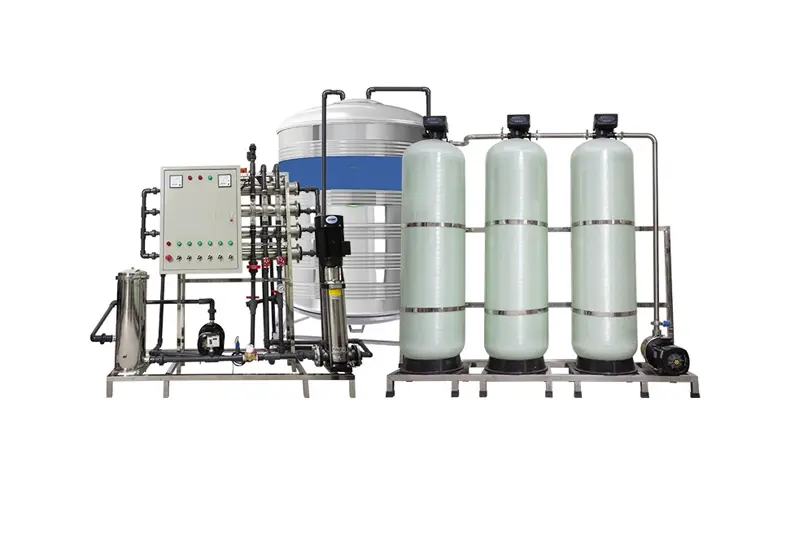
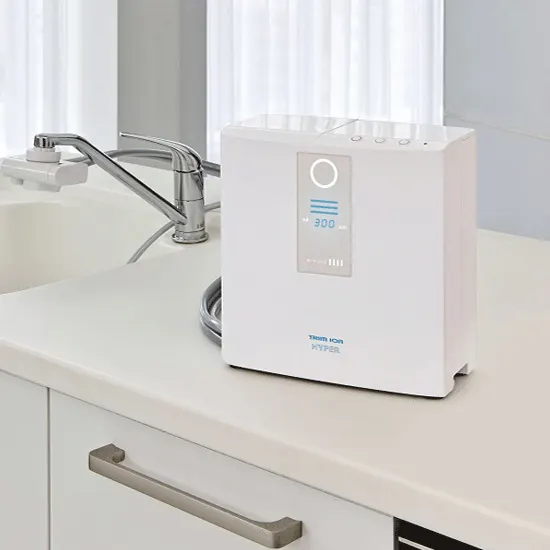
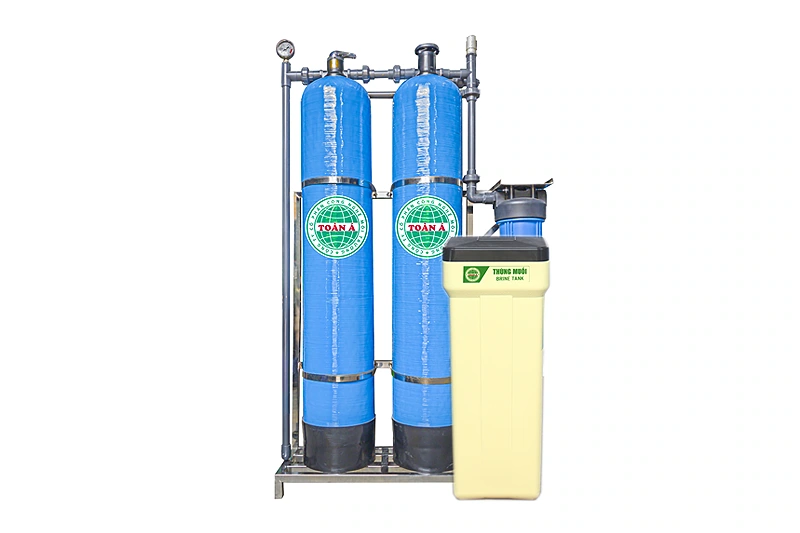


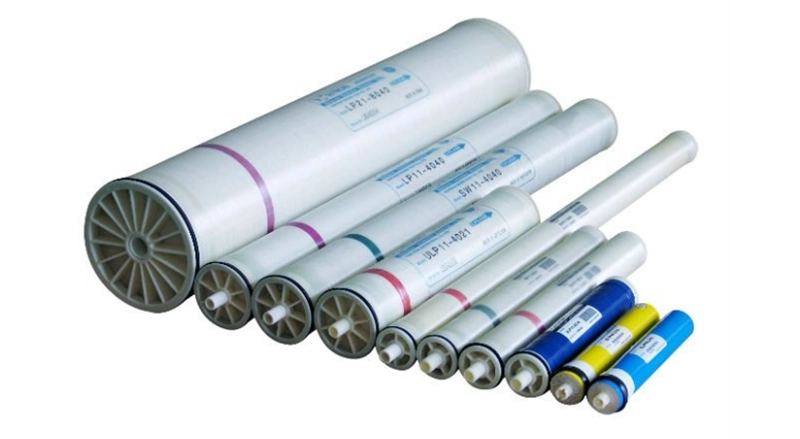
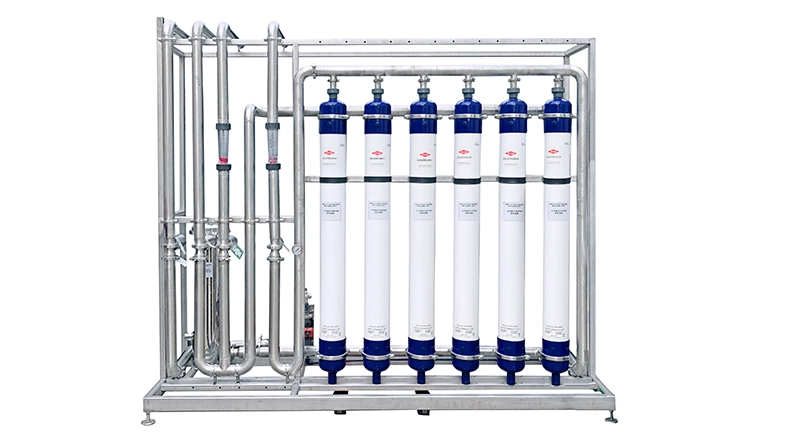


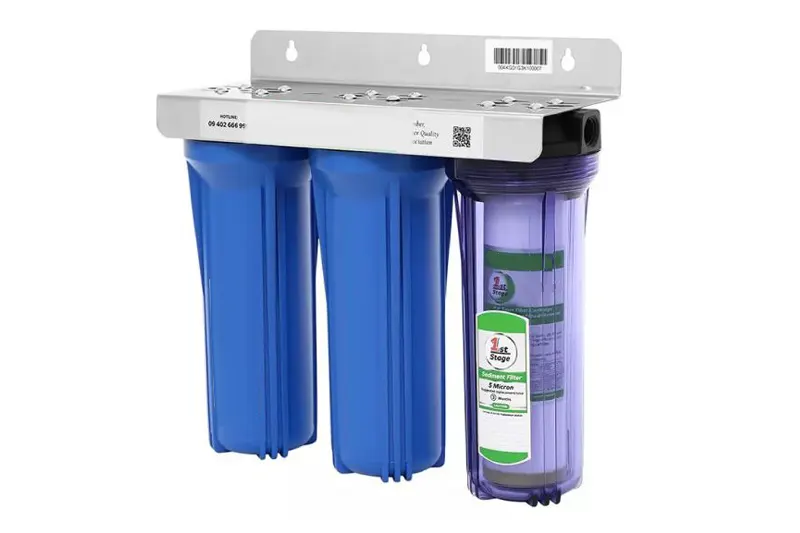

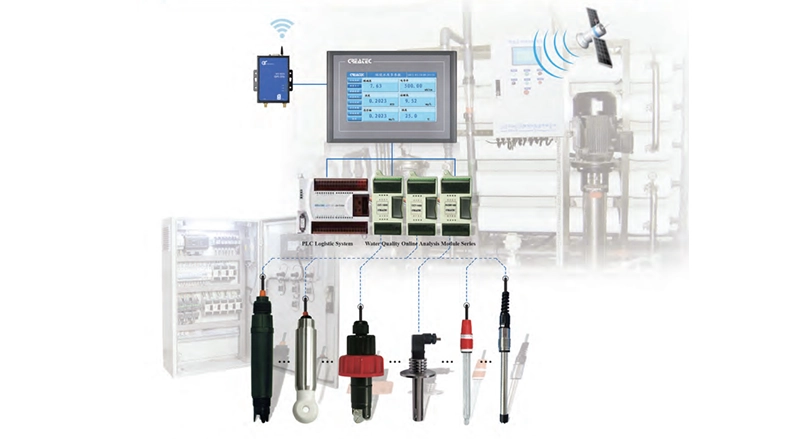
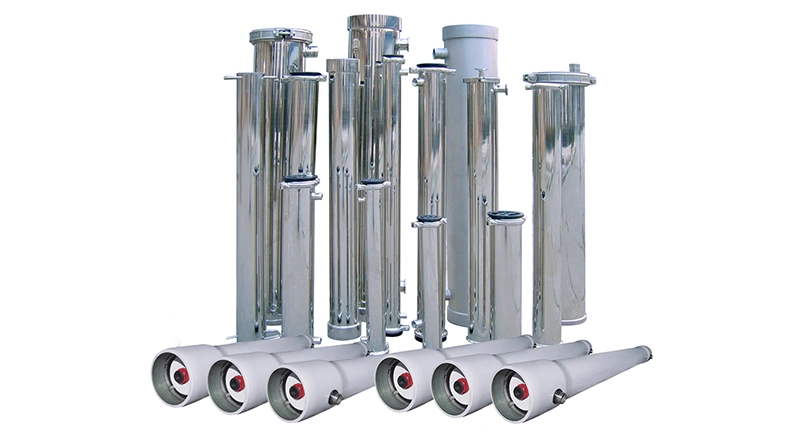
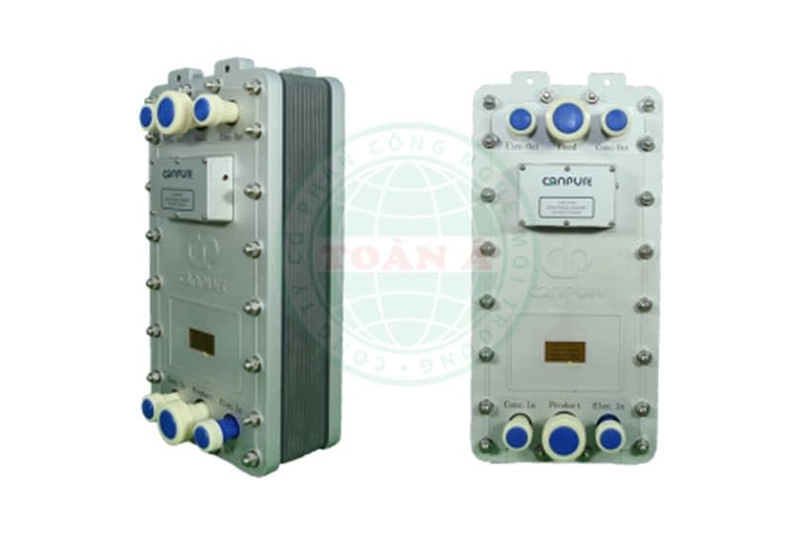
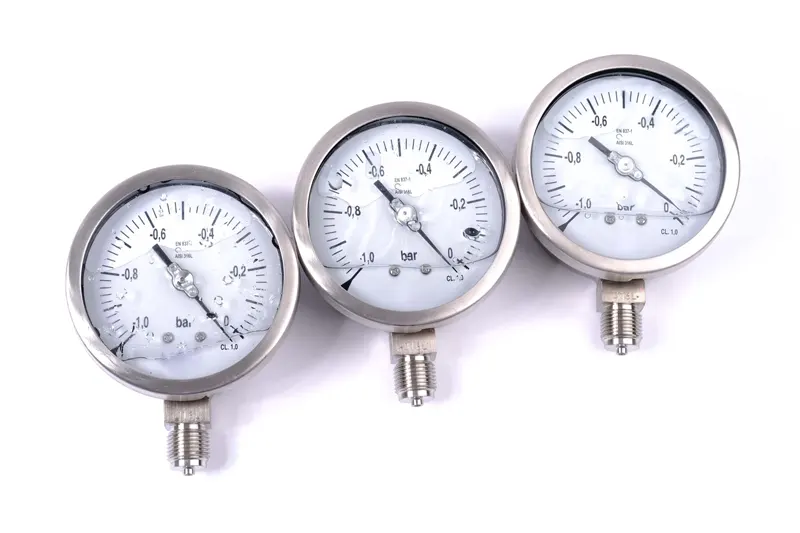
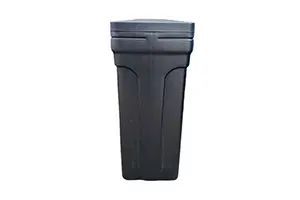


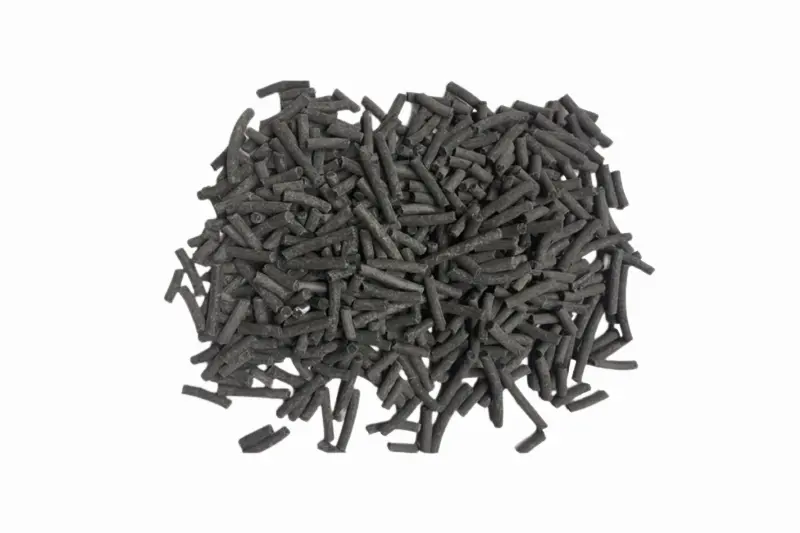
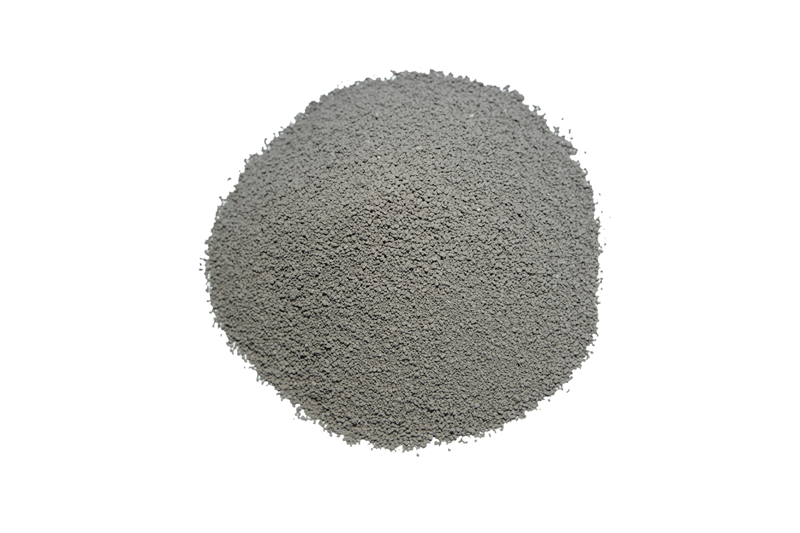
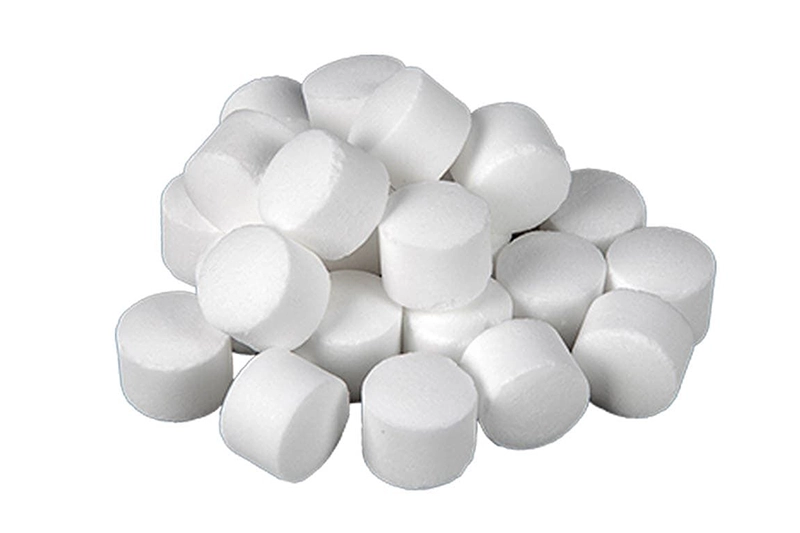
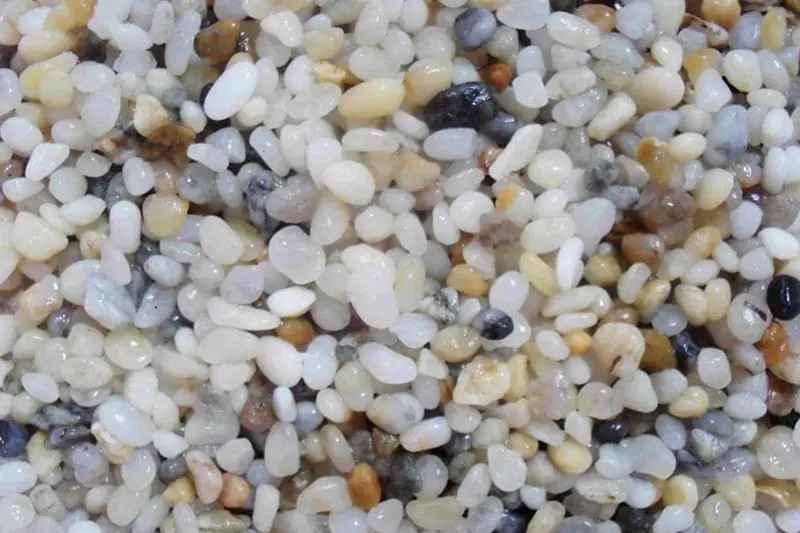







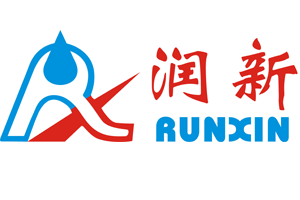

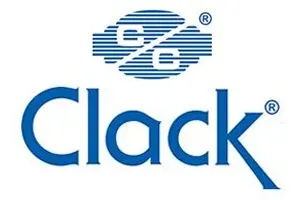
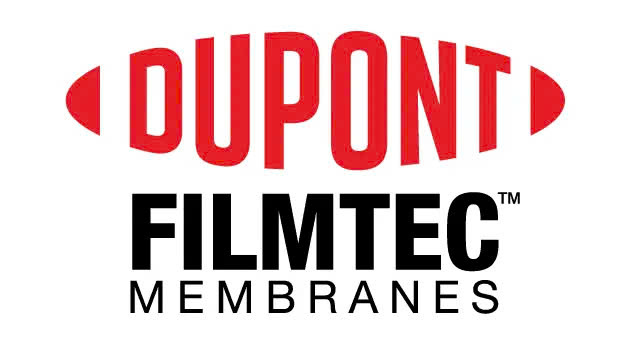

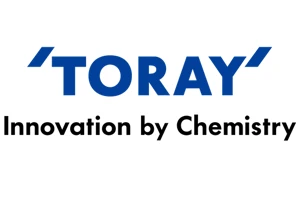

 Water Filter Columns
Water Filter Columns
 Water Filtration Membranes
Water Filtration Membranes
 Control Valves
Control Valves
 Water Filter Cartridges
Water Filter Cartridges
 Water Pumps
Water Pumps
 Water Filtration Equipment
Water Filtration Equipment
 Water Filtration Components
Water Filtration Components
 Water Filtration Materials
Water Filtration Materials
 Heat Pump Water Heaters
Heat Pump Water Heaters



 Products
Products  Solutions
Solutions  Project
Project  News
News